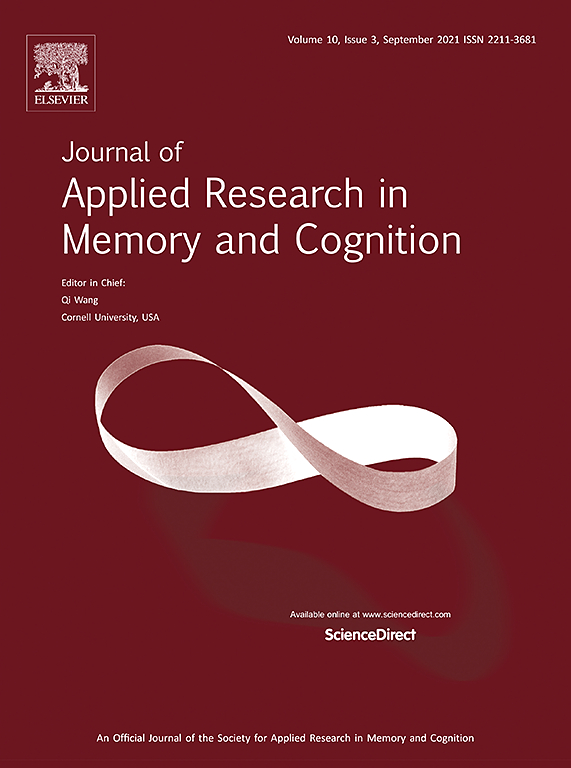 From public health experts to fact-checkers, the communities responsible for protecting the integrity of health knowledge could maximize the memorability and effectiveness of their messaging about viruses, vaccines, and COVID-19 by applying Reyna et al.’s (2021) Fuzzy Trace Theory-grounded insights to their work. But before indicating how, a definitional note: When Valerie Reyna and her colleagues argue that “reasoning prefers to operate on simple gist, as opposed to exact details” (Reyna & Brainerd, 1991, p. 249) or show that gist, not numbers, is what is remembered (Reyna, Weldon, Corbin, & Garavito, 2016), they are referring to “mental representations capturing the bottom-line meaning of information” or experience (Reyna, Weldon, Corbin, & Garavito, 2016). The location of the gist and our ability to observe and shape it is different in a study that found that “Facebook sharing of vaccine-related news articles about the Disneyland measles outbreak was predicted most strongly by whether an article incorporated a bottom-line gist” (Reyna, 2021, p. 4). There, the referent is a takeaway explicitly located in a text. An example of a gist was “Parents who don’t vaccinate their children due to concerns about side effects can put others at risk—even those who have been vaccinated” (p. 5). To distinguish what I see as two sides of the same coin, I term the mental representation “the gist of a message” and the bottom-line digest in a text as “the gist(s) in a message.”
From public health experts to fact-checkers, the communities responsible for protecting the integrity of health knowledge could maximize the memorability and effectiveness of their messaging about viruses, vaccines, and COVID-19 by applying Reyna et al.’s (2021) Fuzzy Trace Theory-grounded insights to their work. But before indicating how, a definitional note: When Valerie Reyna and her colleagues argue that “reasoning prefers to operate on simple gist, as opposed to exact details” (Reyna & Brainerd, 1991, p. 249) or show that gist, not numbers, is what is remembered (Reyna, Weldon, Corbin, & Garavito, 2016), they are referring to “mental representations capturing the bottom-line meaning of information” or experience (Reyna, Weldon, Corbin, & Garavito, 2016). The location of the gist and our ability to observe and shape it is different in a study that found that “Facebook sharing of vaccine-related news articles about the Disneyland measles outbreak was predicted most strongly by whether an article incorporated a bottom-line gist” (Reyna, 2021, p. 4). There, the referent is a takeaway explicitly located in a text. An example of a gist was “Parents who don’t vaccinate their children due to concerns about side effects can put others at risk—even those who have been vaccinated” (p. 5). To distinguish what I see as two sides of the same coin, I term the mental representation “the gist of a message” and the bottom-line digest in a text as “the gist(s) in a message.”

